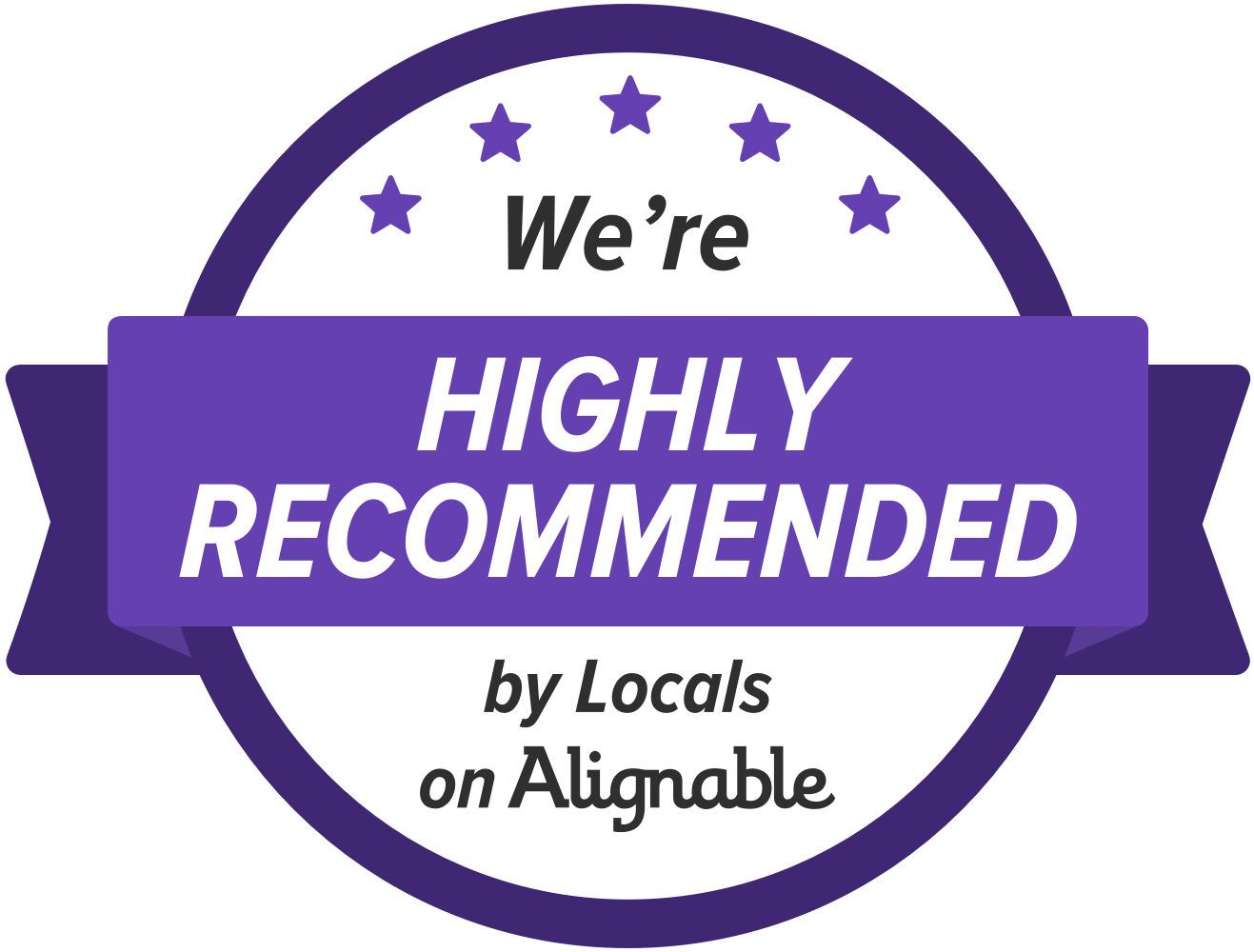How can Small Businesses can deploy User Interface & User Experience
According to Time News, 55% of web users spend fewer than 15 seconds on a site. This means you have, at most, 15 seconds to get a person’s attention, clearly demonstrate the services you offer, and illustrate why your company is worth their time.
A visually appealing, smooth experience with your business’s website is important in creating loyal, returning customers. If you can provide potential and existing customers alike with a clear, intuitive, visually pleasing experience on your website, they’ll be more likely to become repeat customers.
This is why User Experience and User Interface have become so important to your web presence.
User Experience (UX) is how someone interacts with and uses a product, system, or service, including websites. User Interface (UI) is closer to what most consider visual design. You can think of UI design as the tools needed to consume a milkshake – a straw and a glass. UX design is the overall experience of the waitress putting the milkshake on the counter, you reaching out and feeling the cold glass in your hand, and using the straw to taste and feel the milkshake on your tongue.

You can think of UI design as the tools needed to consume a milkshake – a straw and a glass.
Knowing the difference between UX and UI design and how to best use each can seem tricky at first, but using them both well creates a significant competitive advantage for your business when done thoughtfully. It can hugely impact the lasting success of your brand, so let’s take a deeper look at each.
Contents
UX Design: The Experience
It’s important to make sure you are organizing your site and its flow of information properly and with your customers in mind. Having a well-organized, easy-to-use website better engages your customers, which ultimately converts shoppers into buyers.
UX design is how well the site, product, or service works. To know if you’re on the right track for good usability, ask yourself the following questions about your site or app:
- How easy is it to navigate?
- How effective is it at achieving its goal?
- Can repeat customers easily remember how to use it?
- What happens if something goes wrong or there’s an error?
- How enjoyable is it to use?
So, how can you figure out if your site is usable? Ask your customers! Have someone use the site or app while telling you what they find easy and challenging. Ask several people and pay attention to any trends in what people like or dislike about it.
You can also hire experts who specialize in usability testing to gather feedback on the current state of your site.
Anticipating what a customer wants is another way to add a positive experience to your site. A positive User Experience design creates an opportunity to express and expand the pillars of your brand through the thoughtful use of humor, animation, thoughtfulness, and personalized experiences.
UI Design: The Interface
Interface (UI) design is how your site or app operates. UI design is most effective when it’s not only elegant, but also thoughtfully designed to be simple, consistent, and classic.
Aim for simplicity.
Many times, to create an effective interface for your website, you must strip away features (pages, buttons, the menu, etc) that are unnecessary. You never want to create an obstacle for your customers to prevent them from achieving your shared goals (like buying a product, asking for more information, or registering for an account).
Google research found that simple websites were consistently rated as more beautiful than visually complex ones. A study from Harvard and the Universities of Maryland and Colorado came to comparable results: the more visually complex a website was, the lower its visual appeal. The bottom line? It’s always best to K.I.S.S! (Keep it simple stupid!)
Simple, clean designs have a number of other benefits, as well.
- Fewer distractions.
- The information you want to present is easier to access.
- Easier to learn and navigate.
- Easier to create and launch sites.
- Load faster for web visitors.
Consistency is key.
Adhering to a consistent UI will make your website easier to use and much more visually appealing. Consistent designs are less frustrating, less confusing, and save time for everyone.
Using a consistent color and design palette for interface components like buttons and links makes it easier for web visitors to learn your site and brand and want to visit again. You should use your company’s existing color palette or official font to ensure the website is an extension of your brand.
Classic. Timeless.
UI design, like all things, is cyclical and is often influenced by current trends – but what was popular five or ten years ago might be dated and visually jarring today. It’s important that your site or app look current and modern, but the foundation should use design elements that are time-tested and classic. This way, you can avoid having to do a complete site update every time the trends inevitably move on.
Now what?
Investing in your design is clearly very important. A website created and maintained using UX and UI design strengthens your brand’s online presence. Putting thought into both your visual and experiential identities will help your company be relevant in a time when online business is ever-increasing.
Knowing the difference between and importance of UX and UI is a great start. Next, you’ll need to apply this new information to your own site or app,
- Evaluate your current site by considering the questions above.
- Identify the user experience and user interface features on your site. Look at other sites you like, what are their UX and UI features?
- Ask customers and friends and family who will speak candidly on what they like and what doesn’t work.
- Implement changes if needed.
Knowing how to harness the power of UI/UX and use it to your greatest advantage is a great competitive advantage and sets you apart. If you need some guidance or help to implement UI/UX principles, the talented staff at GreenHaven Interactive can help you do exactly that.





